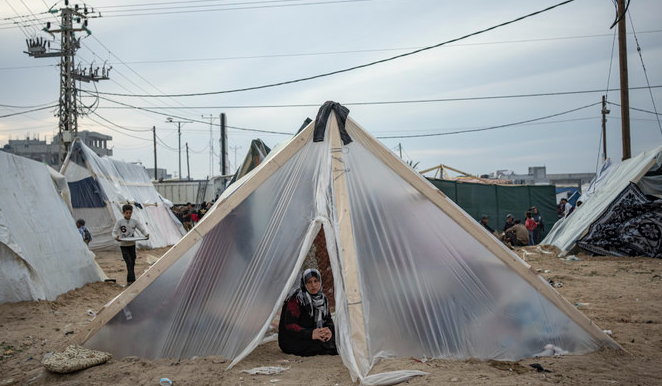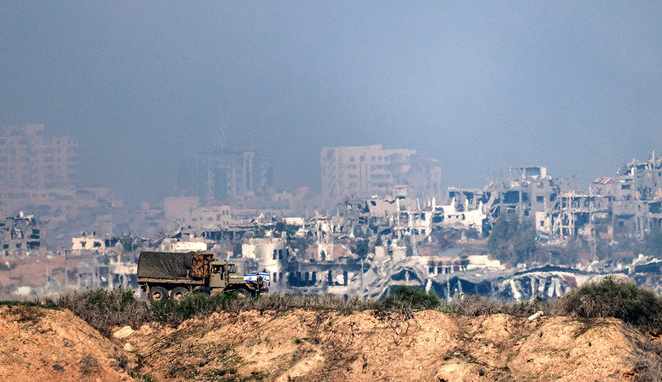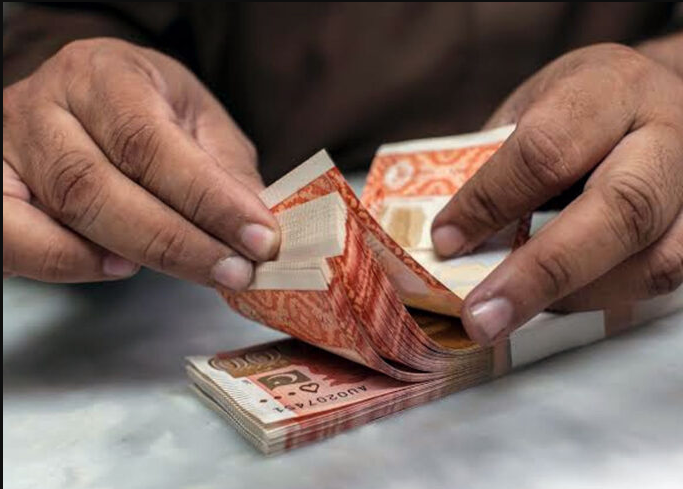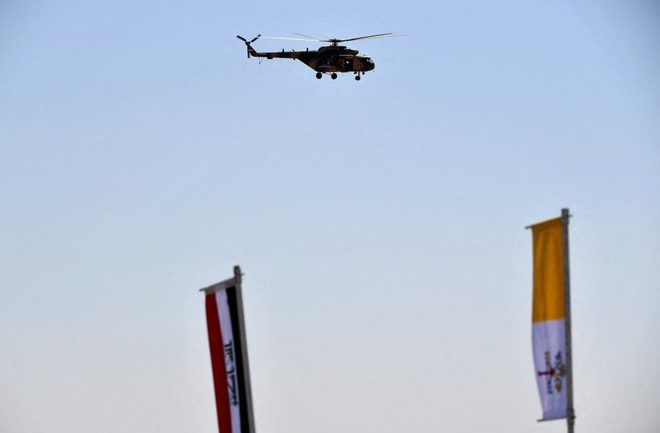Winter Increases Hardships for Displaced Palestinians in Gaza Amid War Devastation
The impoverished Gaza Strip is grappling with additional challenges as winter sets in, exacerbating the plight of nearly 2 million internally displaced civilians. Heavy rains and strong winds over the past week have worsened the situation, leading to flooding and compounding the struggles of those already affected by the ongoing conflict.
Even before the relentless 60 days of continuous bombing, experts had warned that Gaza’s drainage system was inadequate. The recent downpours, coupled with the extensive destruction, have resulted in widespread flooding across the Palestinian enclave.
Describing the situation as “beyond horrible,” sources confirm that the destruction has overwhelmed Gaza’s already fragile sewage infrastructure. Families residing in the hastily erected internal refugee camp at Rafah in the south of Gaza find themselves even more exposed as their flimsy tents are flooded and torn by the combination of wind and rain.
A displaced Palestinian, Ramadan Mohadad, recounted the challenges, stating, “We tried as much as we could to protect ourselves, but the rain got through … this plastic does nothing to protect people sleeping under it.”
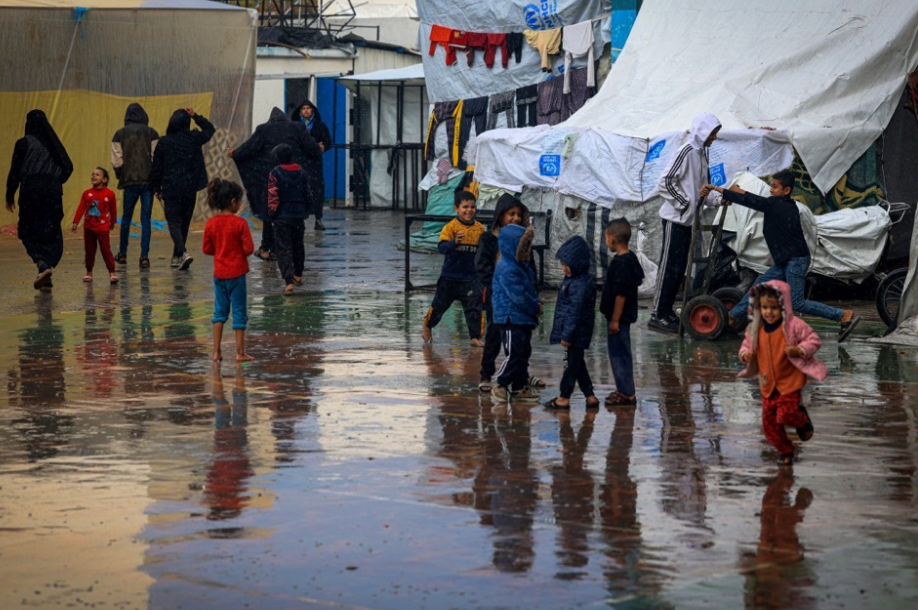
The conflict, which began on Oct. 7 with an attack by Hamas militants, has taken a toll on the region. As of Sunday, the retaliatory military offensive by Israel had resulted in the deaths of over 18,700 Palestinians and injuries to another 50,000. Many Palestinians, who fled their homes in October, are now facing dire conditions without proper shelter, blankets, or essential supplies.
Video footage shows crowds desperately boarding aid trucks entering Gaza, highlighting the increasing desperation among trapped civilians. The UN Relief and Works Agency shared a video illustrating the harsh conditions faced by families, with makeshift shelters providing inadequate protection from the rain and cold.
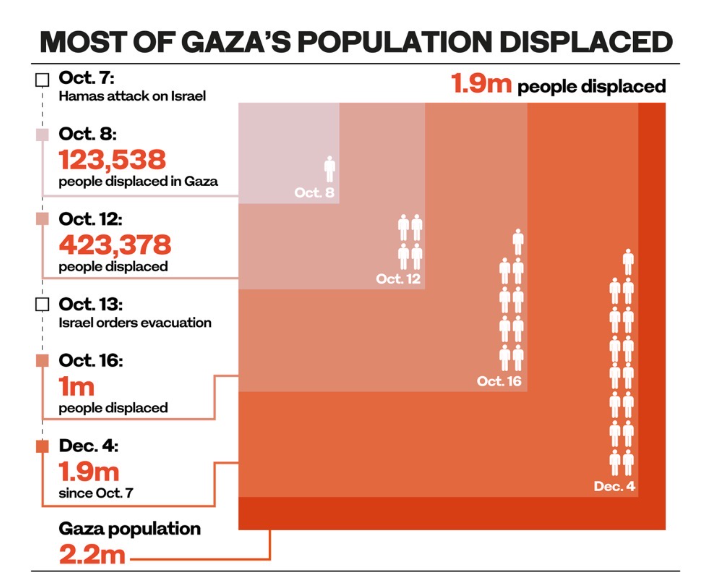
Gaza’s dire situation extends beyond shelter concerns. Severe shortages of basic materials, such as tents and plastic sheeting, coupled with the lack of cooking gas due to the conflict, have hampered the displaced population’s ability to cope. The issue of waste disposal has also emerged as a critical long-term concern, with sewage management becoming “unmanageable” due to overcrowding, pipeline damage, and flooding.
As winter progresses, further challenges loom, with the potential for reduced water supplies and heightened risks of waterborne diseases. Aid agencies express concerns that heavy rain and flooding increase the threat of disease outbreaks among Gaza’s displaced population.
The Commissioner-General of UNRWA, Philippe Lazzarini, who recently visited Gaza, emphasized the escalating misery, stating, “Every time I go back, I think it cannot get worse, but every time I witness more misery.”
The situation is particularly dire for those yet to reach marginally safer areas, with videos circulating on social media depicting individuals navigating flooded streets, carrying the shrouded bodies of loved ones. The already hazardous journey to refugee camps has been further complicated by high waters, impacting not only civilians but also emergency services in the region.
Rafah, near the Egypt border, has become a vast camp for the displaced, with hundreds of tents erected using wood and plastic sheets. Displaced residents recount the challenges of enduring the outdoors, compounded by the flooding of tents.
Amidst these hardships, fears are growing among displaced individuals in Rafah that the conflict may expand, engulfing the entire Gaza Strip. The uncertainty of future displacement adds to the anguish of those who have already experienced the loss of homes and loved ones in the ongoing conflict.
